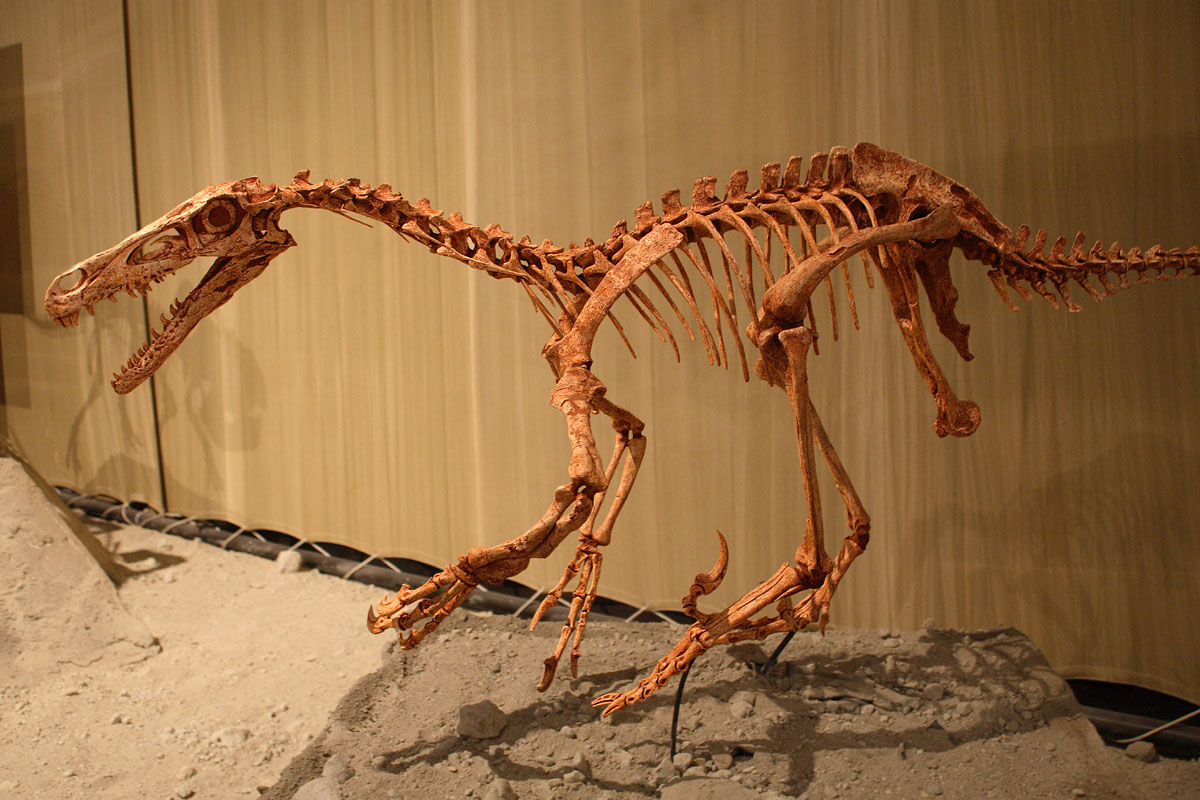Science News
Nocturnal Dinosaurs
April 18, 2011

UC Davis paleobiologists have shed some light on dinosaur eye bones and found that some dinos were nocturnal. The new research was published last week in Science.
This conclusion overturns the conventional wisdom that dinosaurs stayed active by day while early mammals scurried around at night. “It was a surprise, but it makes sense,” co-author Ryosuke Motani said.
Motani’s research focused on the scleral ring. Dinosaurs, lizards, and birds all have a bony ring in their eye, called the scleral ring (a structure not found in mammals or crocodiles). The researchers measured the inner and outer dimensions of this ring, plus the size of the eye socket, in 33 fossils of dinosaurs, ancestral birds, and pterosaurs. They took the same measurements in 164 living species.
In living species, diurnal animals have a small opening in the middle of the ring. In nocturnal animals, the opening is much larger. Cathemeral animals—active both day and night—tend to possess a scleral ring opening somewhat in between.
By looking at the living species, the UC Davis team confirmed that eye measurements accurately predict whether animals are active by day, by night, or around the clock. They then applied the technique to fossils from herbivorous and carnivorous dinosaurs, flying reptiles called pterosaurs, and ancestral birds.
The measurements revealed that the big plant-eating dinosaurs were active day and night, probably because they had to eat most of the time, except for the hottest hours of the day when they needed to avoid overheating. Modern megaherbivores such as elephants show the same activity pattern, Motani said.
Velociraptors and other small carnivores hunted at night. Flying creatures, including early birds and most pterosaurs, probably flew around in the daytime.
Nature News and Discover mention that this discovery could put the famous fossil of a Velociraptor battling Protoceratops in a new light. From Nature News:
…it provides even more information, suggesting that Velociraptor, a nocturnal predator, came upon the Protoceratops while it was resting at night.
Talk about a midnight snack!
Image courtesy of Kabacchi/Wikimedia